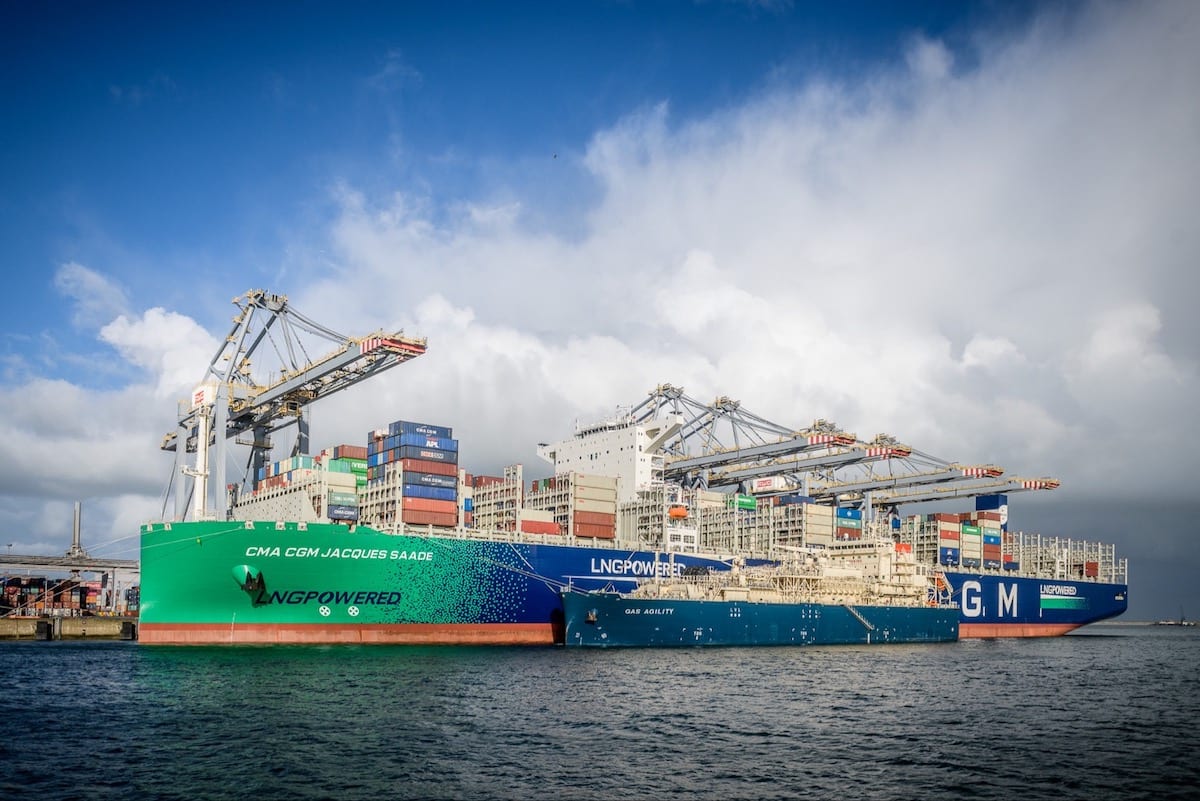Ramen noodles are cheap, and likely a staple food for owners of bulk carriers and college students who are trying to conserve cash.
The Baltic Dry Index, a measure of commodity shipping costs, rose for the first time since November, lifted by gains for the largest vessels as miners sought charters to export iron ore or coal from Australia.
The index climbed 0.3 percent to 700, according to the Baltic Exchange, a London-based assessor of freight costs. That’s the first gain since Nov. 28. The index last year averaged the lowest since 1986 because of an oversupply of ships and slowing global demand for commodities.
Average charter rates for Capesizes that ship iron ore and coal rose 2.2 percent to $4,973 a day, according to the exchange. Panamax ships, the second-biggest of the four vessel sizes tracked by the gauge, fell for a 21st session, sliding 1.4 percent to $5,348 daily, the lowest since Oct. 8.
The Baltic Dry Index is a benchmark of freight costs for 9,496 dry-bulk vessels, with seaborne minerals and grains carried on these ships estimated to reach 4.1 billion metric tons in 2013, according to Clarkson Plc, the biggest shipbroker.
Higher Capesize rates are anticipated as vessels are needed to ship cargoes by miners in Australia, Freight Investor Services Ltd., a freight and commodities broker, said in an e- mailed note yesterday.
Iron ore miners in Brazil and Australia, the biggest exporters, are expected to resume hiring ships after a break over Christmas, ICAP Shipping International Ltd., a London-based shipbroker, said in an e-mail yesterday.
“There remains some interest in coal cargoes ex-east Australia, but the market is yet to get going,” ICAP said.
Earnings are below operating expenses, minus fuel, for Capesize and Panamax ships, according to Moore Stephens LLP, an accounting and advising company. Capesize vessels cost $7,758 daily to operate and Panamaxes $6,609, the London-based Moore Stephens said.
Average hire costs for Supramax ships, about 25 percent smaller than Panamax vessels, gained 0.3 to $7,724, while Handysizes, the smallest, rose by the same amount to $6,624, exchange data show.
– Michelle Wiese Bockmann, Copyright 2013 Bloomberg.
Unlock Exclusive Insights Today!
Join the gCaptain Club for curated content, insider opinions, and vibrant community discussions.

 Join The Club
Join The Club













